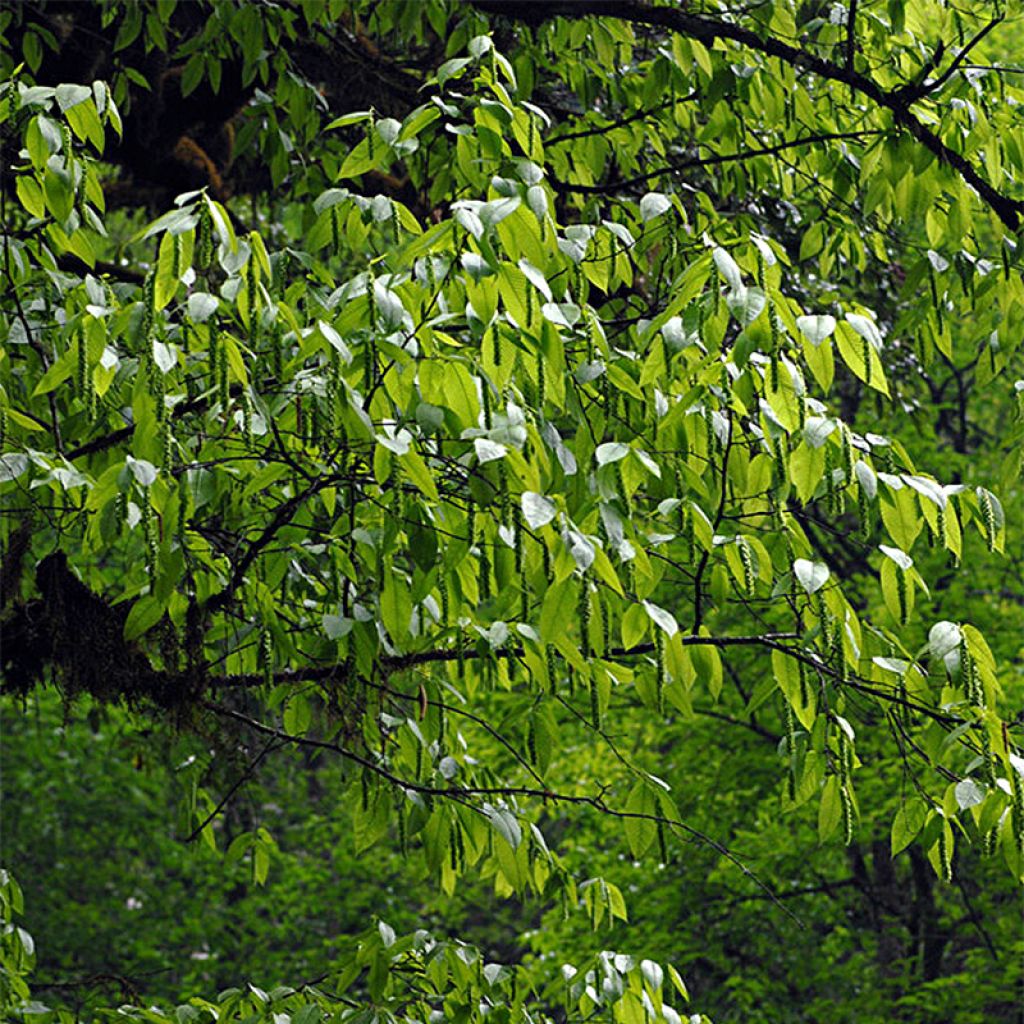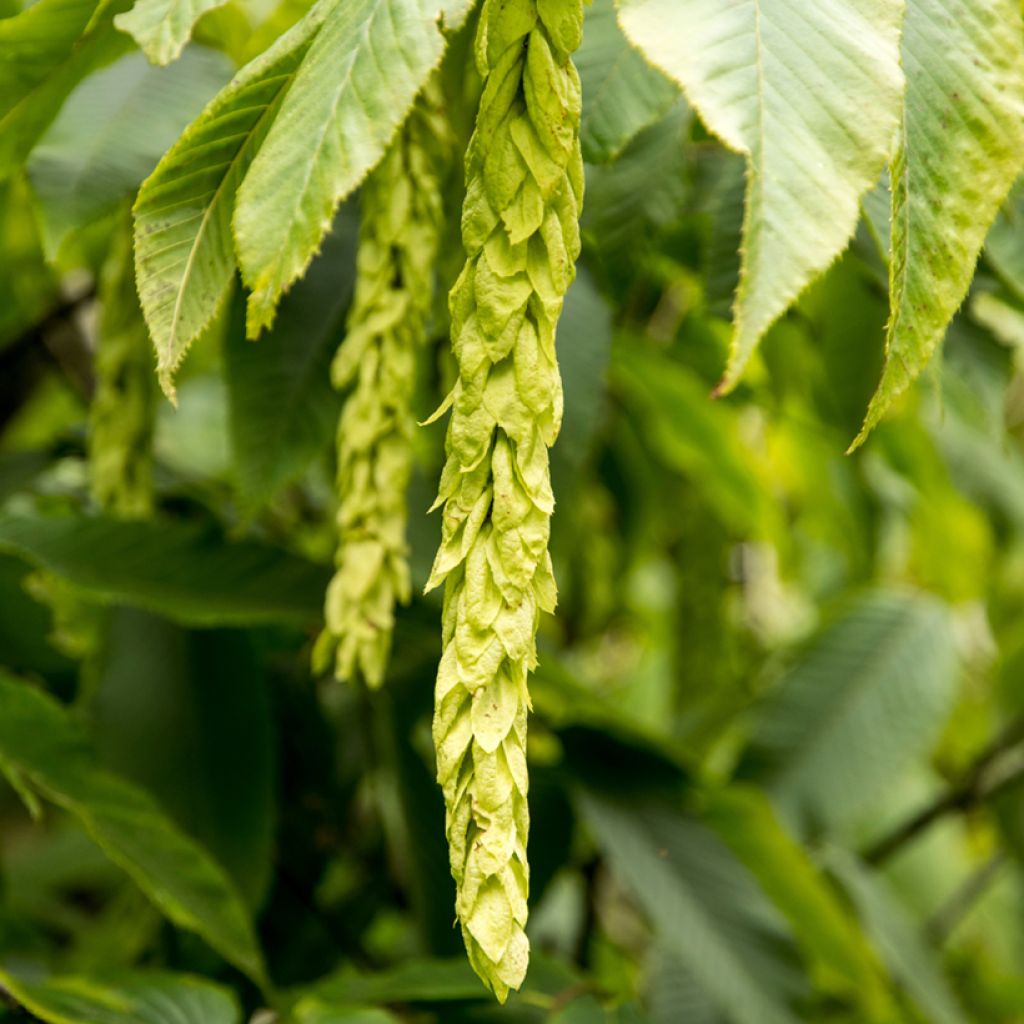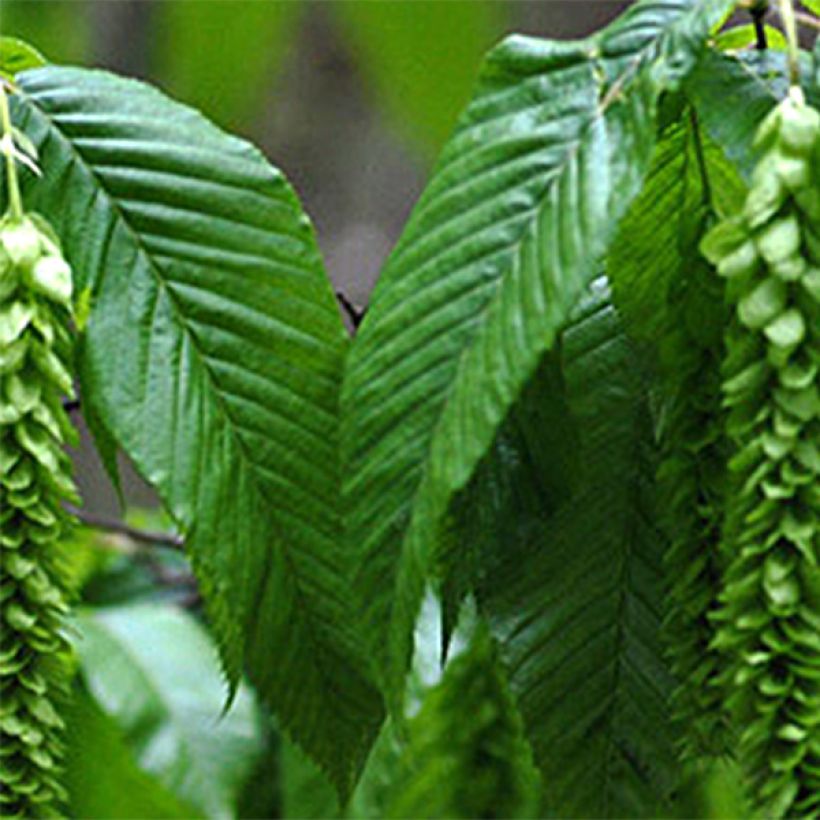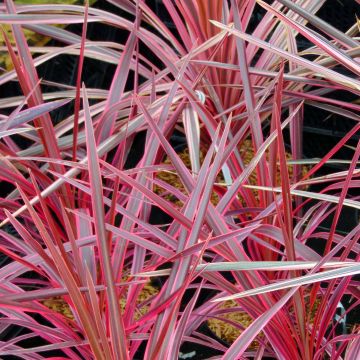

Carpinus fangiana - Charme de Fang


Carpinus fangiana - Monkey-tail Hornbeam


Carpinus fangiana - Charme de Fang


Carpinus fangiana - Monkey-tail Hornbeam


Carpinus fangiana - Monkey-tail Hornbeam
Carpinus fangiana - Monkey-tail Hornbeam
Carpinus fangiana
Monkey-tail Hornbeam
Special offer!
Receive a €20 voucher for any order over €90 (excluding delivery costs, credit notes, and plastic-free options)!
1- Add your favorite plants to your cart.
2- Once you have reached €90, confirm your order (you can even choose the delivery date!).
3- As soon as your order is shipped, you will receive an email containing your voucher code, valid for 3 months (90 days).
Your voucher is unique and can only be used once, for any order with a minimum value of €20, excluding delivery costs.
Can be combined with other current offers, non-divisible and non-refundable.
Why not try an alternative variety in stock?
View all →This plant carries a 24 months recovery warranty
More information
We guarantee the quality of our plants for a full growing cycle, and will replace at our expense any plant that fails to recover under normal climatic and planting conditions.
Would this plant suit my garden?
Set up your Plantfit profile →
Description
Carpinus fangiana is a Chinese species that forms a bush with an elegant habit, of modest size, with grey bark. It has brown-violet stems, wonderfully contrasting with its immense deciduous foliage, composed of young bronze leaves, which later turn dark green, and its exceptional spring flowering, in long pendulous bracts, pale yellow in colour, measuring up to 50cm (19.7in) long. A unique tree to discover!
Carpinus fangiana, also known as Fang Hornbeam or Monkey Tail Hornbeam, is a deciduous tree native to western China and belongs to the family Betulaceae. It usually grows as a tall bush between 5 and 10m (16ft 5in and 32ft 10in) high, but in ideal growing conditions, warm and humid like in its natural habitat, it can reach up to 20m (65ft 7in) in height. Its trunk is covered with grey-brown to dark grey bark. Its branches are brown-violet and smooth. It has large smooth leaves, bronze when young, then dark green, with numerous lateral veins, lanceolate and finely toothed, long and elegant, measuring up to 30cm (11.8in) long. In May-June, it produces male catkins, 6cm (2.4in) long, and extraordinary female catkins, yellow-green, pendant, reaching a length of 50cm 19.7in), with a diameter of 3 to 4cm (1.2 to 1.6in). This spectacular female fruiting consists of overlapping bracts along the entire length of the catkin, hence its resemblance to a monkey's tail. The fruits ripen from July to September.
The genus Carpinus is a Latin name composed of two Celtic words, karr, meaning wood, and penn, head, referring to the use of Hornbeam wood for making yokes for oxen. The specific name of this Chinese Hornbeam, fangiana, was given in honour of Wen-Pei Fang (1899-1983), a prominent Chinese botanist, specialized in Chinese Maples and Rhododendrons.
This beautiful Monkey Tail Hornbeam, with its beautiful dark green foliage and remarkable yellow-green catkins, requires a semi-shaded location or non-burning sun, in moist soil. It will ideally be placed as a standalone tree on a short grass meadow or inserted into a shrub group. It can be associated with trees and shrubs such as a Japanese Maple, a Maidenhair Tree, a Twisted Hazel, or even a Witch Hazel.
Carpinus fangiana - Monkey-tail Hornbeam in pictures




Plant habit
Flowering
Foliage
Safety measures
Botanical data
Carpinus
fangiana
Betulaceae
Monkey-tail Hornbeam
China
atteinterespiratoire
Cette plante peut entraîner des symptômes allergiques.
Evitez de la planter si vous ou vos proches souffrez de rhinite saisonnière ("rhume des foins").
Davantage d'informations sur https://plantes-risque.info
Other Carpinus - Hornbeam
View all →Planting and care
Carpinus fangiana, easy to grow and with good hardiness, appreciates semi-shaded exposures, but tolerates a sunny exposure as long as it is not too hot. It grows in a fertile and humus-rich, fresh to moist, and well-drained soil. A drier soil will hinder its growth. It is recommended to choose a location sheltered from the cold and drying winter winds.
Planting period
Intended location
Care
Planting & care advice
This item has not been reviewed yet - be the first to leave a review about it.
Similar products
Haven't found what you were looking for?
Hardiness is the lowest winter temperature a plant can endure without suffering serious damage or even dying. However, hardiness is affected by location (a sheltered area, such as a patio), protection (winter cover) and soil type (hardiness is improved by well-drained soil).

Photo Sharing Terms & Conditions
In order to encourage gardeners to interact and share their experiences, Promesse de fleurs offers various media enabling content to be uploaded onto its Site - in particular via the ‘Photo sharing’ module.
The User agrees to refrain from:
- Posting any content that is illegal, prejudicial, insulting, racist, inciteful to hatred, revisionist, contrary to public decency, that infringes on privacy or on the privacy rights of third parties, in particular the publicity rights of persons and goods, intellectual property rights, or the right to privacy.
- Submitting content on behalf of a third party;
- Impersonate the identity of a third party and/or publish any personal information about a third party;
In general, the User undertakes to refrain from any unethical behaviour.
All Content (in particular text, comments, files, images, photos, videos, creative works, etc.), which may be subject to property or intellectual property rights, image or other private rights, shall remain the property of the User, subject to the limited rights granted by the terms of the licence granted by Promesse de fleurs as stated below. Users are at liberty to publish or not to publish such Content on the Site, notably via the ‘Photo Sharing’ facility, and accept that this Content shall be made public and freely accessible, notably on the Internet.
Users further acknowledge, undertake to have ,and guarantee that they hold all necessary rights and permissions to publish such material on the Site, in particular with regard to the legislation in force pertaining to any privacy, property, intellectual property, image, or contractual rights, or rights of any other nature. By publishing such Content on the Site, Users acknowledge accepting full liability as publishers of the Content within the meaning of the law, and grant Promesse de fleurs, free of charge, an inclusive, worldwide licence for the said Content for the entire duration of its publication, including all reproduction, representation, up/downloading, displaying, performing, transmission, and storage rights.
Users also grant permission for their name to be linked to the Content and accept that this link may not always be made available.
By engaging in posting material, Users consent to their Content becoming automatically accessible on the Internet, in particular on other sites and/or blogs and/or web pages of the Promesse de fleurs site, including in particular social pages and the Promesse de fleurs catalogue.
Users may secure the removal of entrusted content free of charge by issuing a simple request via our contact form.
The flowering period indicated on our website applies to countries and regions located in USDA zone 8 (France, the United Kingdom, Ireland, the Netherlands, etc.)
It will vary according to where you live:
- In zones 9 to 10 (Italy, Spain, Greece, etc.), flowering will occur about 2 to 4 weeks earlier.
- In zones 6 to 7 (Germany, Poland, Slovenia, and lower mountainous regions), flowering will be delayed by 2 to 3 weeks.
- In zone 5 (Central Europe, Scandinavia), blooming will be delayed by 3 to 5 weeks.
In temperate climates, pruning of spring-flowering shrubs (forsythia, spireas, etc.) should be done just after flowering.
Pruning of summer-flowering shrubs (Indian Lilac, Perovskia, etc.) can be done in winter or spring.
In cold regions as well as with frost-sensitive plants, avoid pruning too early when severe frosts may still occur.
The planting period indicated on our website applies to countries and regions located in USDA zone 8 (France, United Kingdom, Ireland, Netherlands).
It will vary according to where you live:
- In Mediterranean zones (Marseille, Madrid, Milan, etc.), autumn and winter are the best planting periods.
- In continental zones (Strasbourg, Munich, Vienna, etc.), delay planting by 2 to 3 weeks in spring and bring it forward by 2 to 4 weeks in autumn.
- In mountainous regions (the Alps, Pyrenees, Carpathians, etc.), it is best to plant in late spring (May-June) or late summer (August-September).
The harvesting period indicated on our website applies to countries and regions in USDA zone 8 (France, England, Ireland, the Netherlands).
In colder areas (Scandinavia, Poland, Austria...) fruit and vegetable harvests are likely to be delayed by 3-4 weeks.
In warmer areas (Italy, Spain, Greece, etc.), harvesting will probably take place earlier, depending on weather conditions.
The sowing periods indicated on our website apply to countries and regions within USDA Zone 8 (France, UK, Ireland, Netherlands).
In colder areas (Scandinavia, Poland, Austria...), delay any outdoor sowing by 3-4 weeks, or sow under glass.
In warmer climes (Italy, Spain, Greece, etc.), bring outdoor sowing forward by a few weeks.




























































